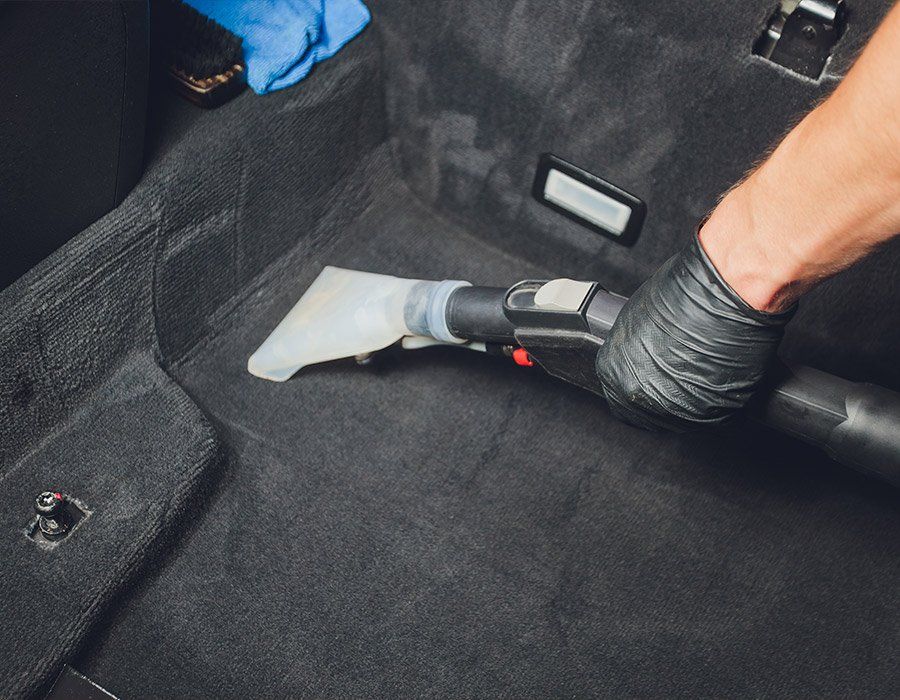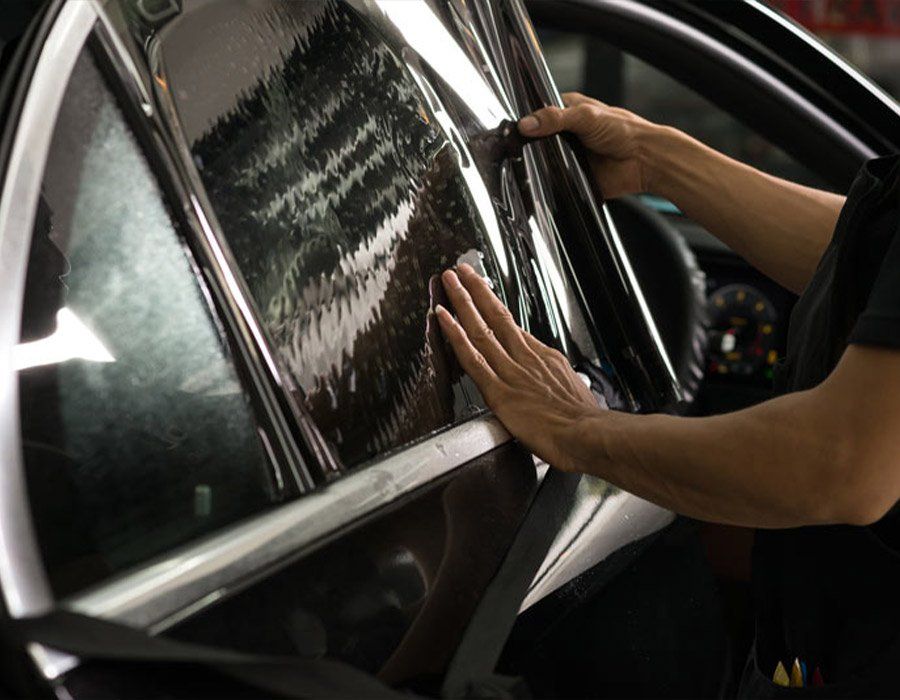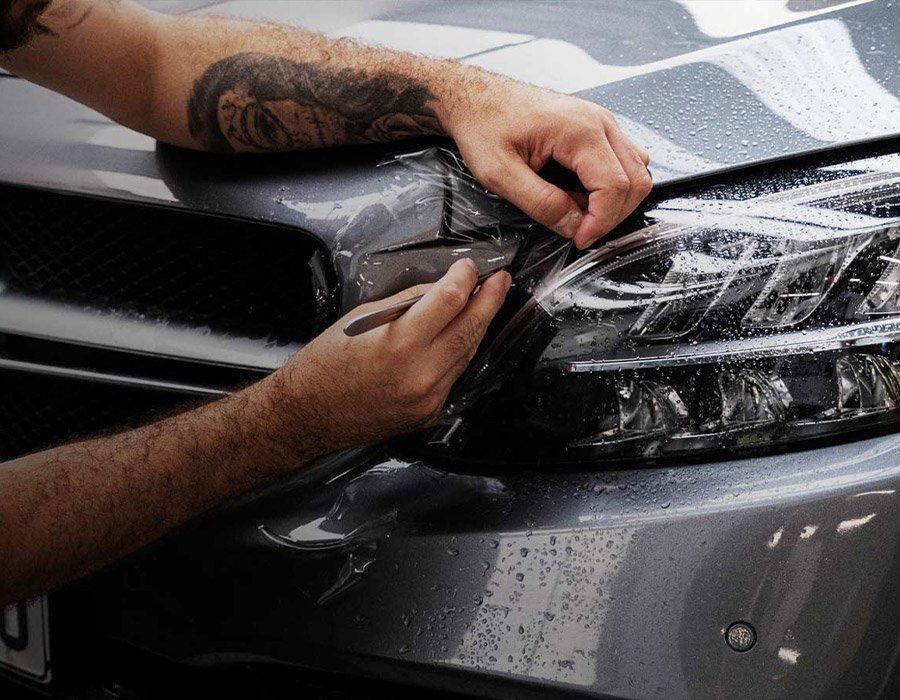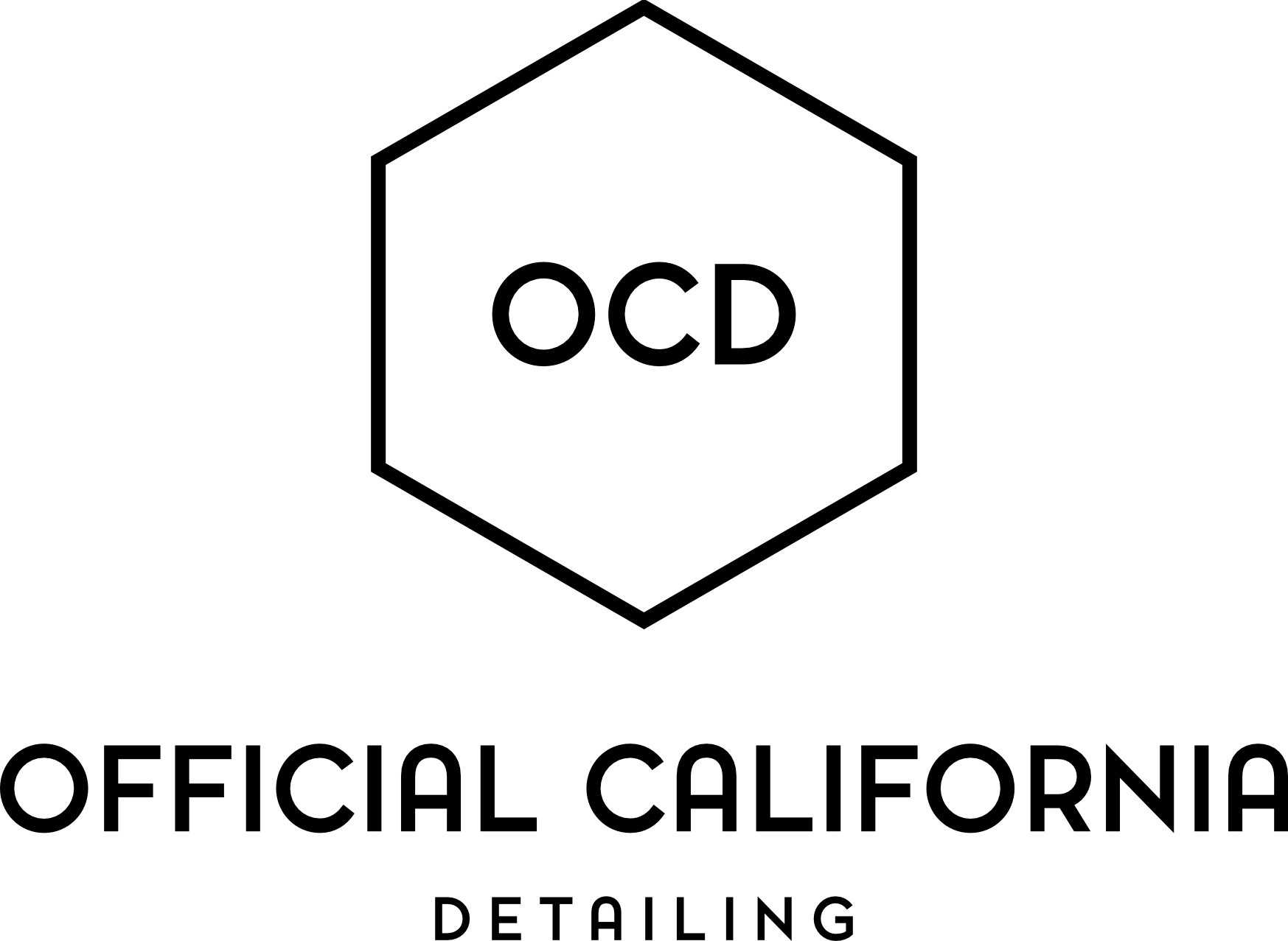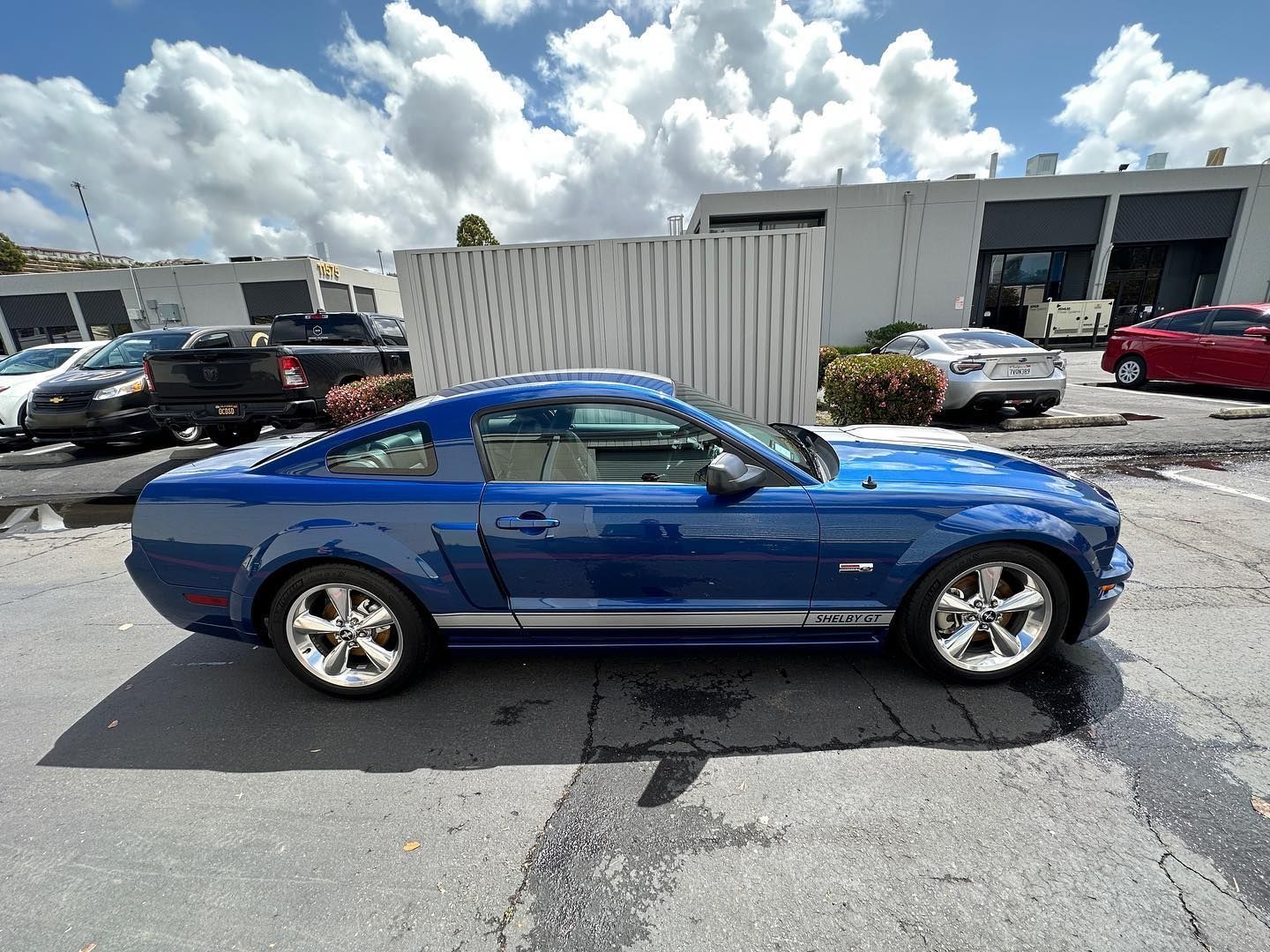Official California Detailing Blog
Paint Correction for Vintage Cars: Preserving Beauty from the Past
(619) 760-4962 GET A QUOTE NOWThey say old is gold, and when it comes to classic vintage cars, nothing could be truer. These wheeled glories of the past command our respect and admiration as they cruise majestically down the road, sometimes drawing even more attention than their modern counterparts. But like all things aging, they have their quirks and their blemishes. Yet what if I told you that these imperfections could vanish into thin air? Dive in with us as we explore the fascinating world of paint correction for vintage cars—your magic wand for reviving these automotive treasures back to their former glory.
From the sparkling Pontiacs of the 60s' to the charismatic Beetles of the 70s', learn how we can make every scratch, swirl, or oxidation disappear. This post will truly prove that beauty doesn’t age; it only advances with time!
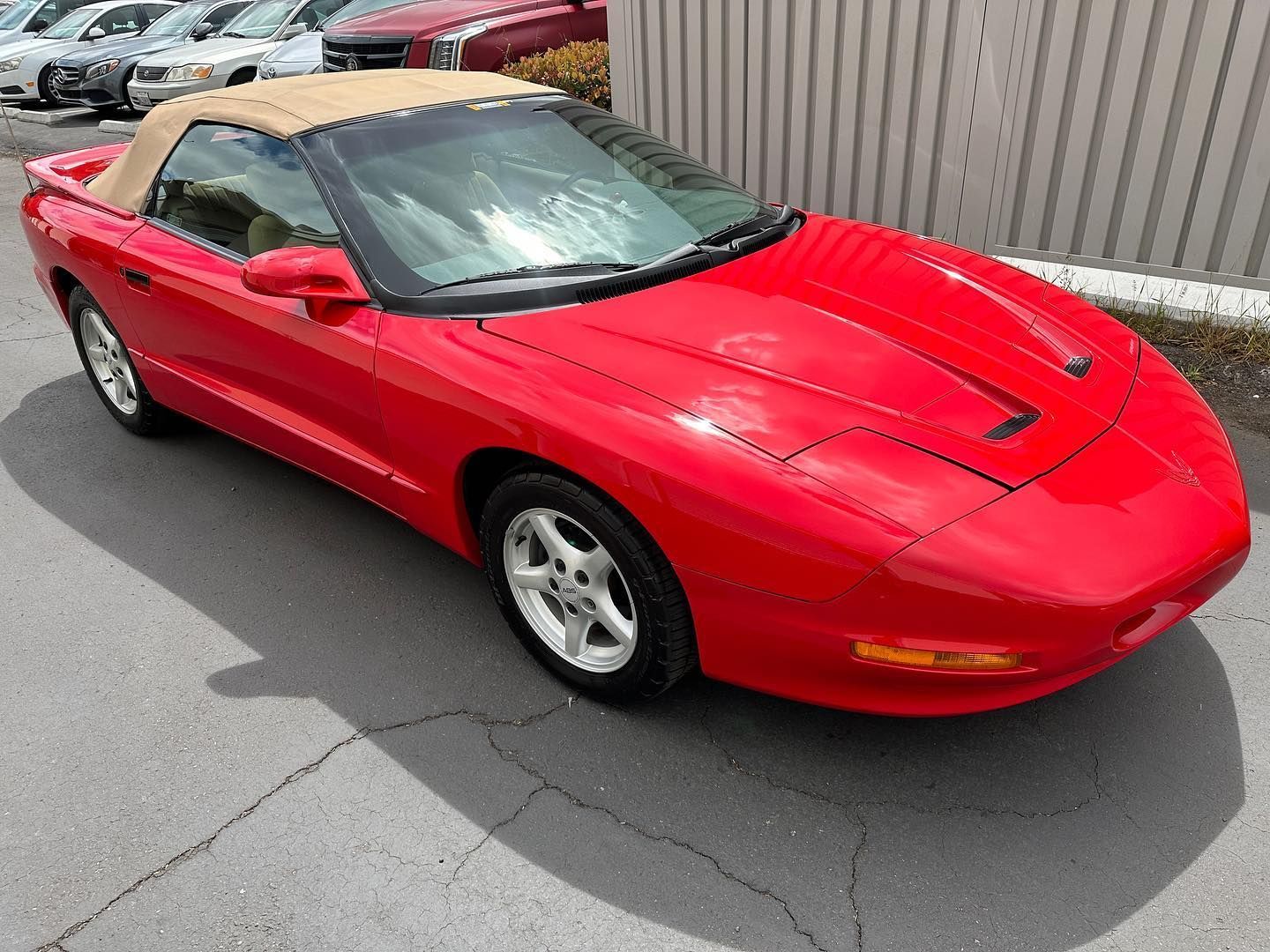
What Is Paint Correction for Vintage Cars?
Preserving the beauty and integrity of vintage cars requires a meticulous approach, especially when it comes to the exterior paintwork. That's where paint correction comes into play. But what exactly is paint correction, and why is it essential for vintage cars? Let's delve into the details.
Paint correction is a specialized process that aims to restore the original appearance of a car by removing imperfections such as swirl marks, scratches, and oxidation from its exterior surface. Imagine your vintage car as a work of art, with each swirl mark or scratch acting as an unwanted blemish on the canvas. Paint correction is like a skilled restorer using precise techniques to bring back the artwork's brilliance, revealing the true beauty that lies beneath.
As vintage car enthusiasts know all too well, these classic vehicles are more than just modes of transportation; they are living pieces of history that deserve preservation. The original paint adds character and authenticity to these cars, reflecting the craftsmanship and design of past eras. By investing in professional paint correction services, owners can ensure that their vintage cars continue to captivate both enthusiasts and onlookers for years to come.
Importance of Paint Correction in Vintage Cars
Perhaps you're wondering why paint correction is crucial for vintage cars. After all, couldn't you simply repaint the vehicle if there are imperfections in the existing paintwork? While repainting is an option, it may not always be the best choice for preserving the vehicle's authenticity and value. Here's why paint correction should be a top priority for vintage car owners:.
First and foremost, paint correction offers a cost-effective solution to rejuvenate the vehicle's appearance without resorting to expensive repainting. Vintage cars often boast unique paint colors and finishes that are challenging (if not impossible) to replicate precisely. By correcting imperfections through the skilled techniques of paint correction, you can preserve the original beauty of your car while avoiding costly and potentially compromising repainting processes.
Furthermore, repainting a vintage car may significantly decrease its resale value or desirability among collectors. Authenticity plays a vital role in determining the value of classic cars, and any alterations to the original paintwork could potentially diminish their allure. By opting for paint correction instead, you maintain the vehicle's historical integrity while enhancing its overall appearance.
Paint correction also helps protect your vintage car against future damage by addressing potential issues at an early stage. Surface imperfections such as swirl marks and scratches can make it easier for contaminants and UV rays to degrade the underlying layers of paint. By correcting these blemishes promptly, you create a barrier that shields the paint from further deterioration, effectively extending its lifespan.
Polishing Compounds and Polish Process
When it comes to paint correction for vintage cars, the quality of the polishing compounds and polish used plays a vital role in achieving the desired results. These specially formulated products are designed to remove imperfections from the car's paintwork and restore its original beauty. Whether it's swirl marks, scratches, or oxidation, the right polishing compound can work wonders at bringing back the luster of a vintage car's paint.
One popular choice among professional detailers is a compound that combines cutting agents with microabrasive technology. This powerful combination allows for the effective removal of defects while minimizing damage to the underlying paint. This type of compound is especially useful when dealing with deeper scratches or severe oxidation on vintage cars.
In addition to choosing the right polishing compound, it is equally important to follow a proper polishing process. This typically involves using different grades of compounds depending on the severity of the imperfections and gradually refining the finish through multiple stages. Starting with a more aggressive compound and gradually transitioning to a finer one ensures that imperfections are fully corrected without compromising the integrity of the paint.
Essential Tools and Equipment for Paint Correction
To effectively carry out paint correction for vintage cars, professional detailers rely on a range of essential tools and equipment. These specialized tools are designed to tackle various aspects of the correction process, from surface defects to final protection. Let's take a closer look at some of these must-have items:
One crucial tool for paint correction is a dual-action polisher. This machine utilizes both rotational and random orbital movements, allowing for controlled and safe paint correction without risking burn-through or excessive heat generation. Dual-action polishers are highly versatile and can be used with different types of pads and compounds to achieve different levels of correction.
In addition to a dual-action polisher, rotary polishers are another valuable tool in a detailer's arsenal. Unlike dual-action polishers, rotary polishers have a fixed spinning motion that generates more heat. These machines are ideal for tackling more severe defects or performing heavy cutting on vintage car paint.
When it comes to the actual correction process, different types of polishing pads are essential. Foam pads come in various densities and compositions, each suitable for specific correction tasks. For instance, a cutting foam pad with increased density is effective at removing deep scratches, while a finishing foam pad with a softer composition provides the final touch of gloss.
To protect the restored finish after paint correction, applying a dedicated wax or sealant is crucial. These products provide a protective layer against environmental factors such as UV rays and contaminants. They also enhance the shine and depth of the paintwork. An applicator pad or microfiber cloth can be used to evenly distribute the wax or sealant and ensure complete coverage.
Polishing Pads, Machine Polisher, and Wax
When it comes to restoring the paint on vintage cars, having the right tools and equipment is essential. Among these tools are polishing pads, a machine polisher, and wax. These three components work together to achieve a flawless finish that brings out the true beauty of the vehicle's paintwork.
Polishing pads are available in different grades, ranging from aggressive to fine. They are designed to remove imperfections from the surface of the paint without causing further damage. By using different pads with varying levels of aggressiveness, professional detailers can effectively address issues such as swirl marks, scratches, water spots, and other blemishes on vintage car paint.
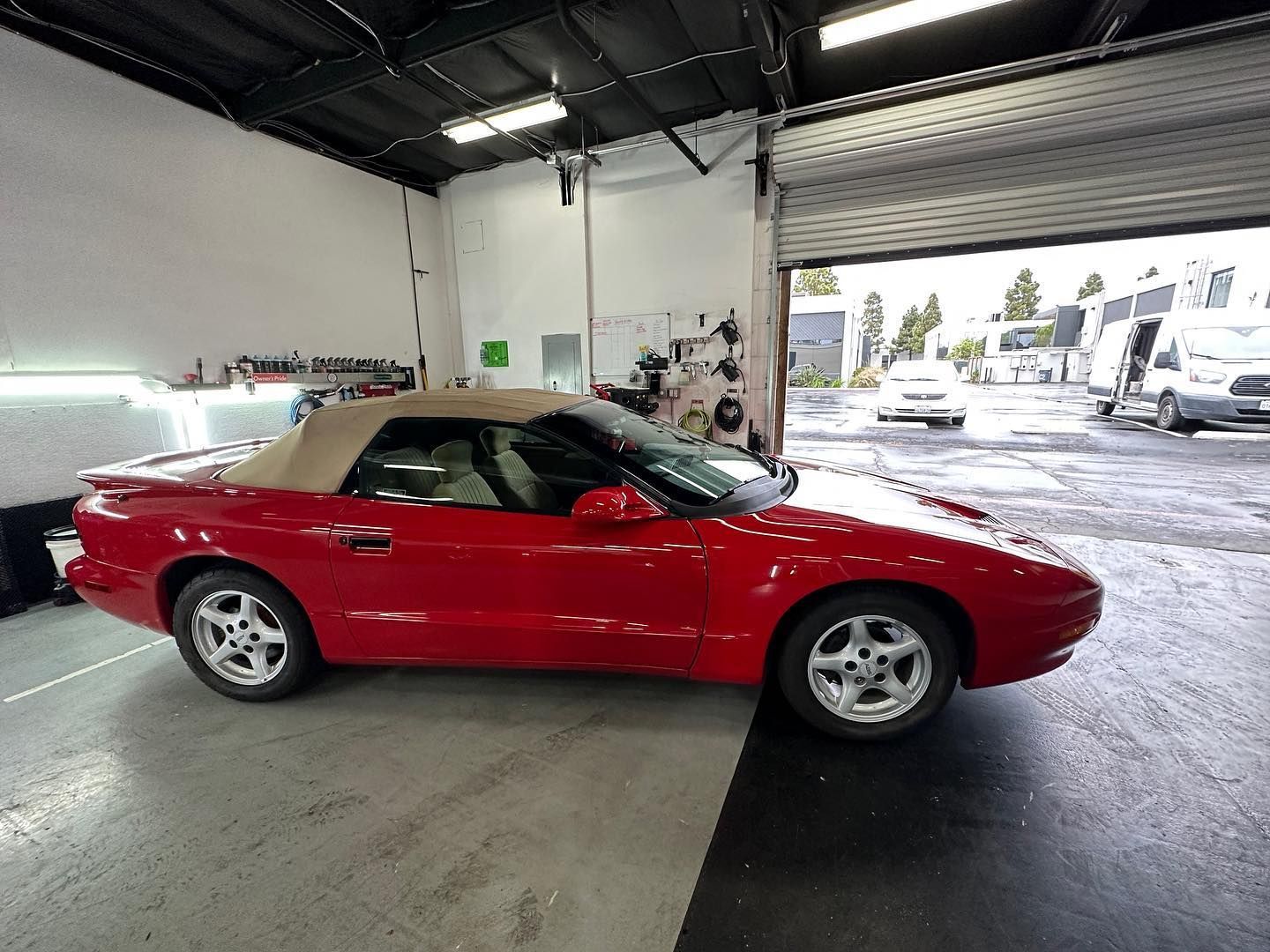
Remedying Surface Defects
Surface defects on vintage cars, such as scratches, marks, swirls, and panel damage, can detract from their overall appearance. Fortunately, paint correction techniques can effectively address these issues. Learn if paint correction can really fix scratches!
Polishing compounds play a crucial role in paint correction as they contain abrasive particles that help to remove imperfections from the paint surface. These compounds are available in varying levels of abrasiveness, allowing detailers to customize their approach based on the severity of the defects.
While there are DIY options for paint correction products available on the market, seeking professional help is recommended due to the expertise and experience that comes with it. Professional detailers have deep knowledge about different paint types and their specific requirements. They possess an understanding of which polishing compounds and techniques to use for different surface defects, ensuring optimal results without causing further damage.
Paint Correction: A Step-by-Step Guide
Here is a step-by-step paint correction process explained for vintage cars:
1. Inspection and Evaluation: The first step in any paint correction process is a thorough inspection of the vehicle's paintwork. This allows professionals to identify all surface defects, including scratches, swirls, and marks. They will evaluate the severity of each imperfection and determine the best course of action to achieve optimal results.
2. Washing and Decontamination: Before any corrective measures can be taken, it's essential to thoroughly clean the car's exterior to remove dirt, grime, and contaminants. This ensures that no additional damage occurs during the correction process. Professionals use specialized products and techniques to wash and decontaminate every inch of your vintage car.
3. Compounding and Polishing: Once the surface is clean and prepped, experts will begin the compounding phase. Compounds are abrasive materials that are applied gently to remove shallow scratches and imperfections from the clear coat or paint layer. After compounding, polishing is done to refine the surface further and restore its original shine.
4. Finishing Touches:
After compounding and polishing, professionals may apply a final polish or glaze to enhance glossiness even further. This step helps to achieve a perfectly smooth finish that reflects light beautifully.
5. Protection: To ensure your vintage car stays looking pristine for as long as possible, a protective layer such as wax or
ceramic coating should be applied. These coatings offer superior protection against environmental contaminants, UV rays, and other potential damage.
Paint correction is an art form that requires experience, skill, and the right tools to achieve exceptional results. Attempting DIY paint correction without the necessary knowledge can lead to further damage and costly repairs. By entrusting your cherished vintage car to professional detailers, you can be confident that it will receive the care and attention it deserves.
With this step-by-step guide in mind, you will have a clearer understanding of the intricate process involved in paint correction for vintage cars. So why wait? Give your beloved classic the attention it deserves and watch as its true magnificence is unveiled with each imperfection carefully erased.
Final Words
Paint correction adds new life to classic cars of all kinds, be they sleek mid-century coupes or timeless sedans, by going beyond surface-level enhancements and delving deep into their histories to restore them with grace and grandeur from every era they represent.
Vintage car enthusiasts understand the significance of investing in paint correction services to protect and honor the legacy of automotive design. At Official California Detailing, we appreciate these vehicular treasures, so our services are designed with care and expertise to maintain them in their peak condition. Watch as we transform its story with masterful paint correction to honor its past beauty. Reach out now and experience this transformative touch that transcends time!
